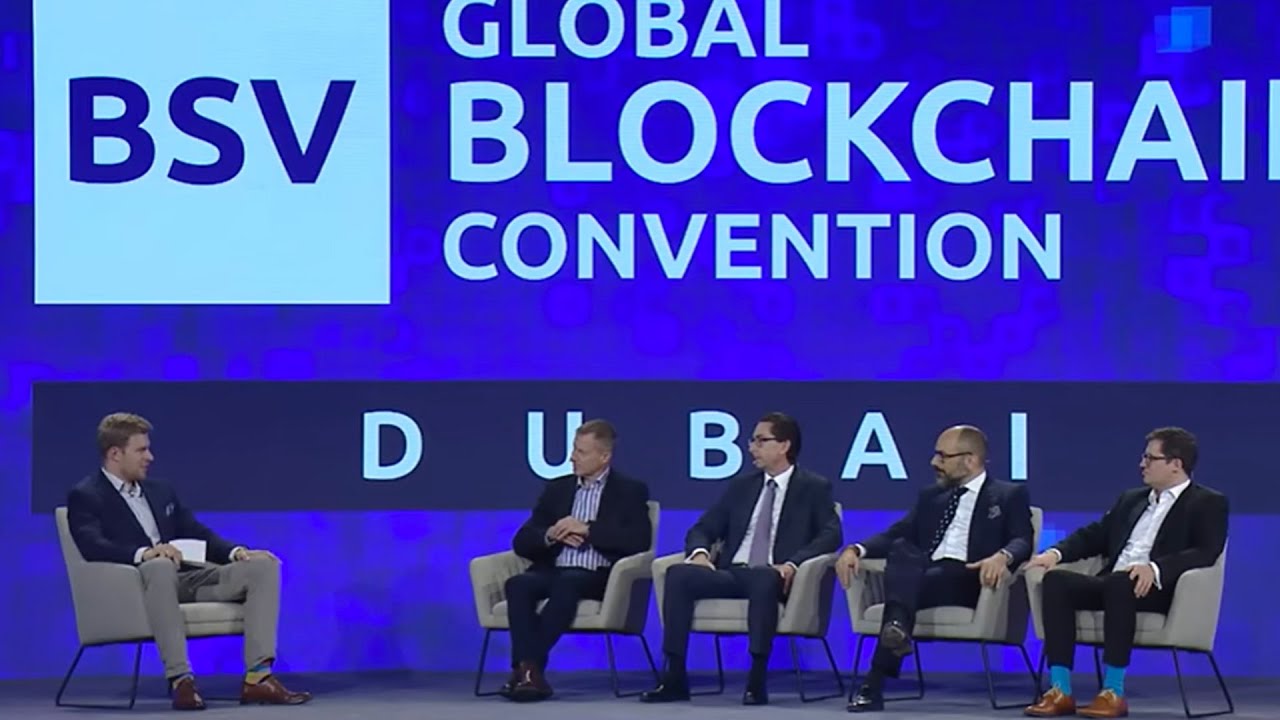You are here: Home / News / Bitcoin network hash rate skyrockets to an all-time high of 248.11 TH/s
by Vignesh K
The new year has seen an increase in the bitcoin network hash rate. The worldwide hash rate is currently 248.11 terahashes per second, according to Ycharts statistics. The hash rate is proportional to the amount of computational power required by a miner’s computer equipment to confirm a transaction. The latest increase in the hash rate of BTC’s network offers further protection against assaults by discouraging bad actors from approving fake transactions.

Bitcoin network hash rate is at a current level of 209.63M, down from 248.11M yesterday and up from 157.39M one year ago. This is a change of -15.51% from yesterday and 33.19% from one year ago.
Bitcoin has recovered this month after falling to an annual low of $33,000 in January. In the first week of February, it broke over the $38,000 and $41,500 resistance levels, reaching monthly highs of $46,000, a level was last seen in the latter weeks of 2021.
Bitcoin network hash rate: Why is it important?
The hash rate determines how much computing power is put into the bitcoin network. A transaction is added to the blockchain as part of a block when the transaction is verified. The validity of transactions is ensured by hashing a block. A miner must successfully “hash” a block’s header, which contains a censored version of transaction data included in the block, in order to get bitcoins.
As more coins are mined, the possibilities of discovering the hash get more complicated; as a result, a greater hash rate (more processing power) increases the chances of a miner earning a bitcoin reward. Hash rate estimations are not accurate; thus, it is advisable to focus on longer durations, such as weeks or months, when assessing hash rates.
The hash rate is an essential factor in determining the network’s security. The more honest bitcoin miners there are on the network, the safer the network becomes.
Bitcoin mining has the potential to be a low-return activity. The processing power required to mine new blocks in the bitcoin network grows as the hash rate grows, resulting in narrowing profit margins for miners. This might be incredibly damaging to newcomers to the mining industry, as they would need a lot of mining equipment to compete with the existing players.
Note: This article have been indexed to our site. We do not claim legitimacy, ownership or copyright of any of the content above. To see the article at original source Click Here














